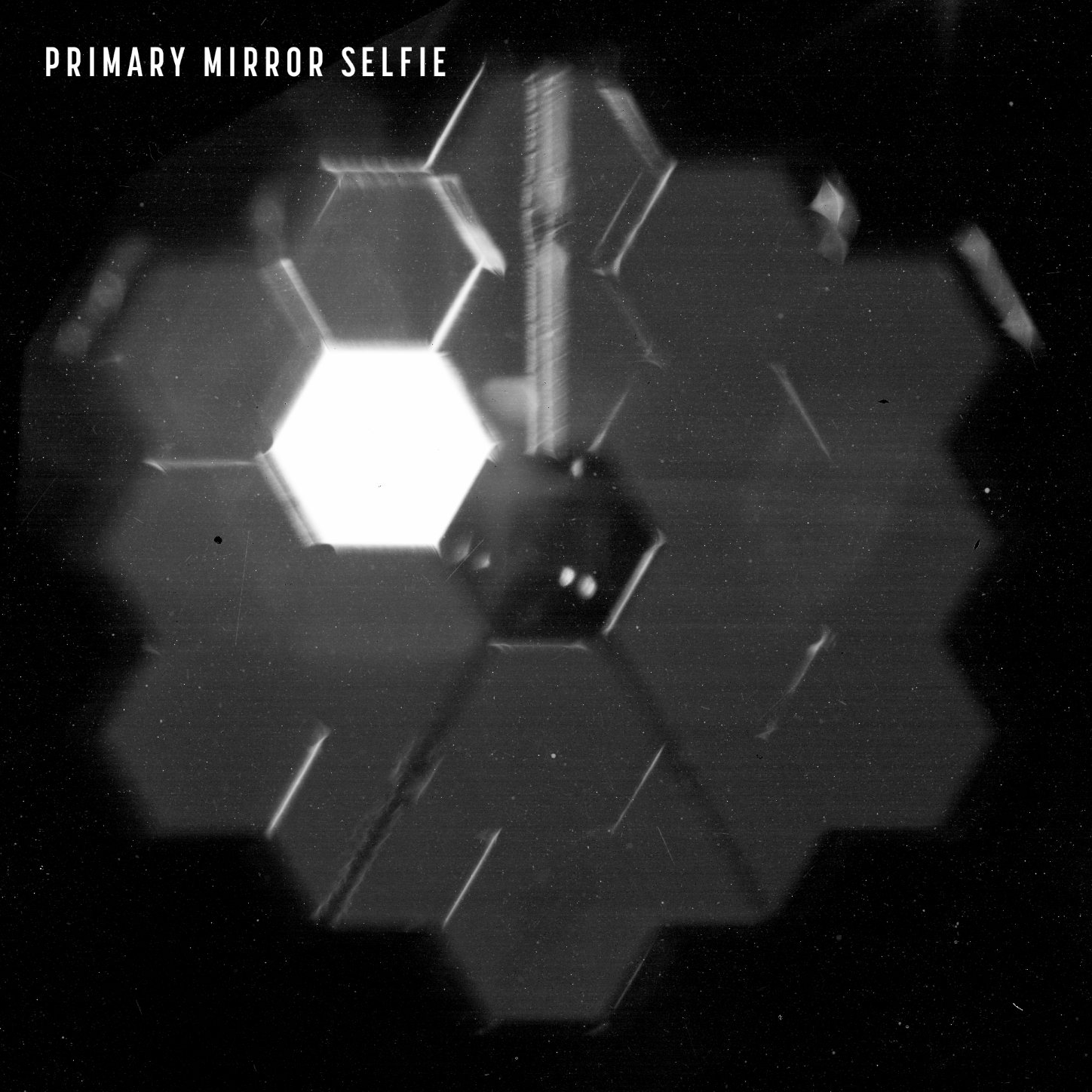
For SpaceUpClose.com & RocketSTEM
CAPE CANAVERAL, FL – The James Webb Space Telescope (JWST) snapped an absolutely stunning ‘selife’ of its 18 segment primary mirror as part of the initial alignment process in progress for the primary mirror – after the mammoth international observatory arrived at its final orbital destination at the L2 Lagrange Point on 24 Jan. 2022, sliding gently into its new home a million miles (1.5 million km) from Earth
The selfie image of the observatory’s 18 segment and 21.3-foot (6.5 m) wide gold-coated primary mirror was taken by the NIRCam instrument and unveiled by the NASA science and engineering team during a media briefing on Friday, Feb. 11 some 48 days after the Christmas Day launch – and constitutes the heart of the $10 Billion observatory which is an international collaboration of NASA, ESA and CSA.
The selfie is the first close up image of the primary mirror taken in deep space following its successful full deployment in mid-January.
The team also released the first actually images taken by Webb of the nondescript bright, isolated star in the constellation Ursa Major known HD 84406 which was chosen for the alignment work – the results of which are going well so far.
“These initial results closely match expectations and simulations,” said the NASA Webb team.
“This amazing telescope has not only spread its wings, but it has now opened its eyes,” said Lee Feinberg, Webb optical elements manager.
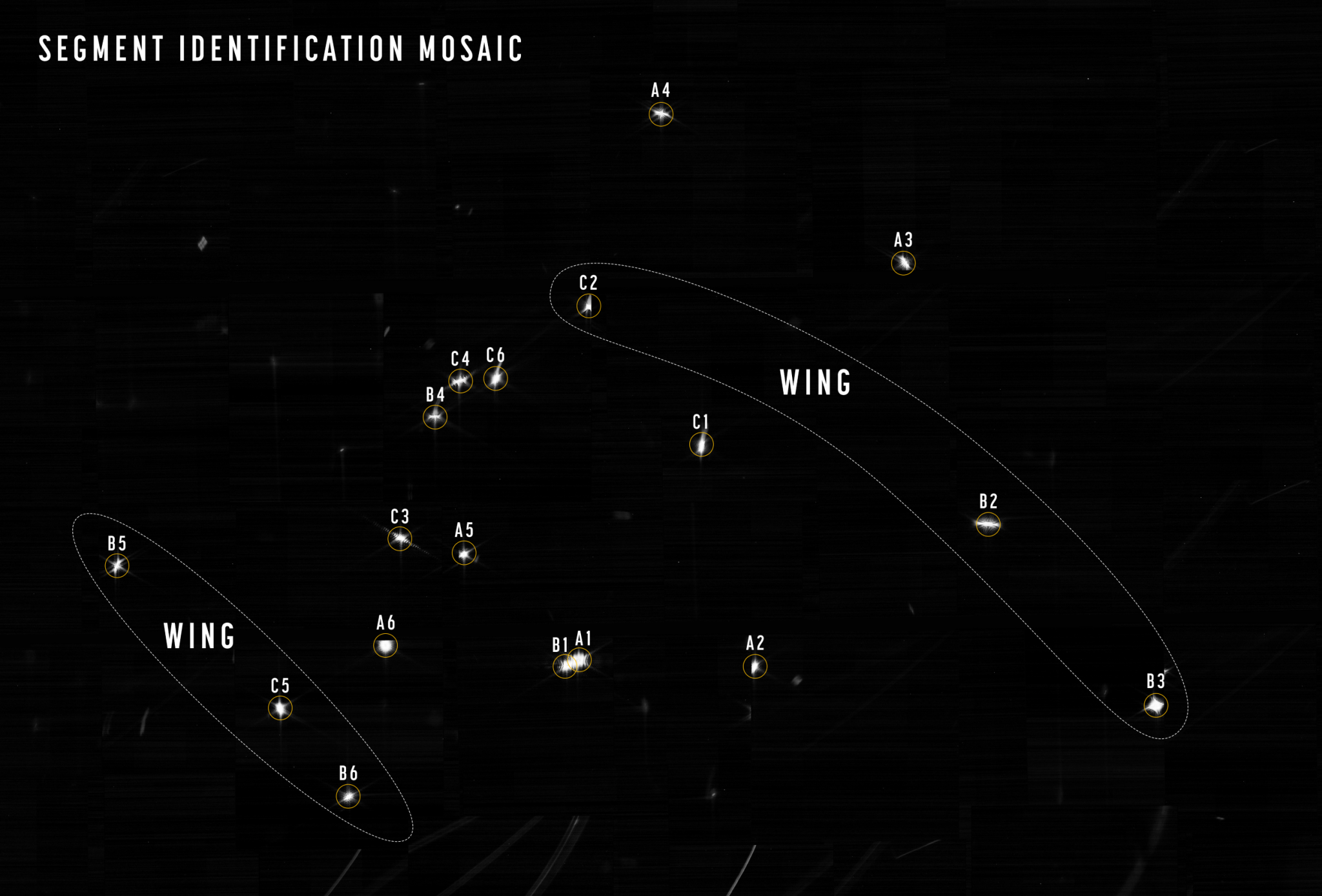
The primary mirror alignment work thus far is the culmination of an arduous two decade long development and million mile journey since launching on Christmas Day, the massive international James Webb Space Telescope (JWST) finally arrived at its final orbital destination at the L2 Lagrange Point on 24 Jan. 2022, sliding gently into its new home a million miles from earth – after a minor course correction thruster firing.
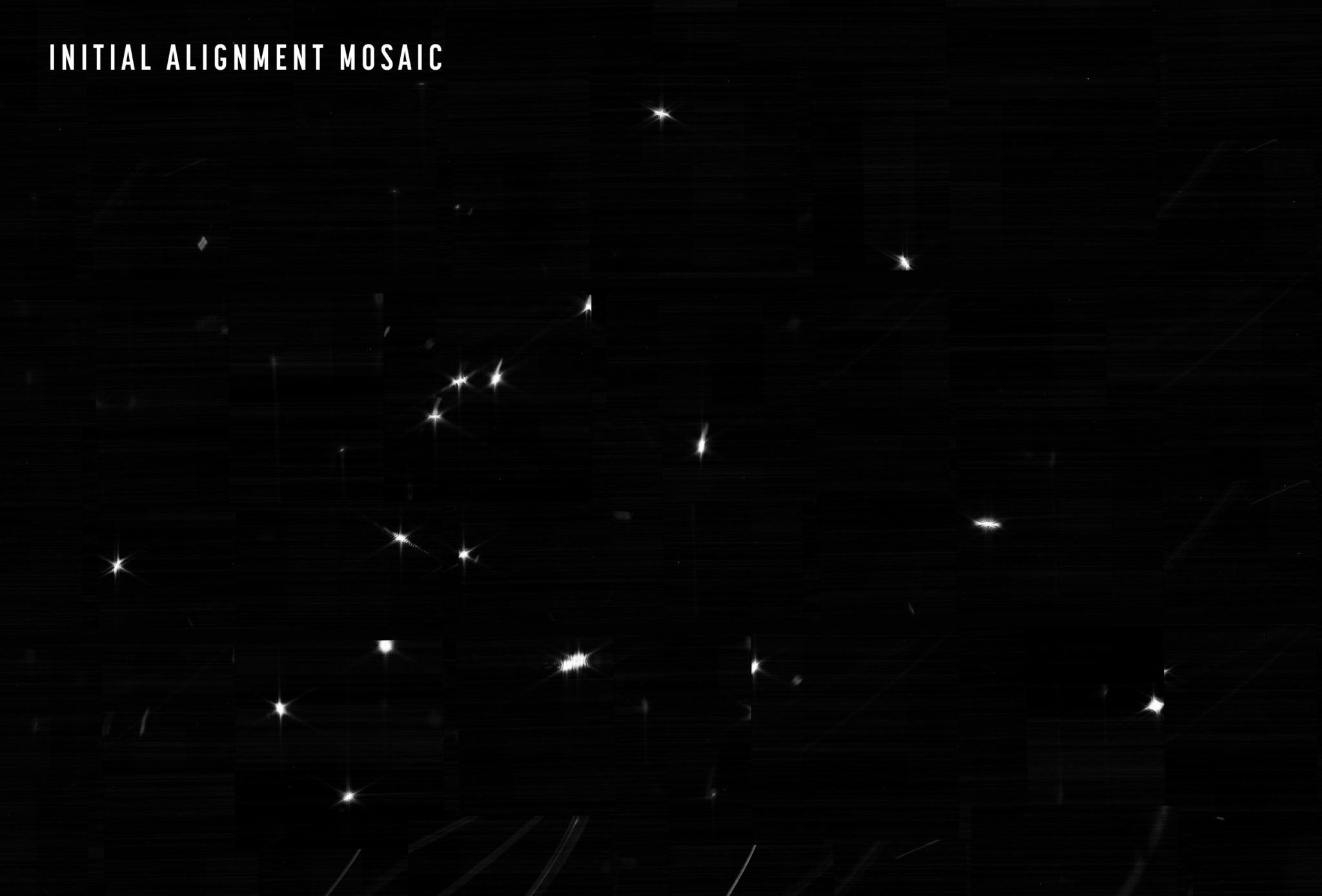
The “selfie” image “was created using a specialized pupil imaging lens inside of the NIRCam instrument that was designed to take images of the primary mirror segments instead of images of space. This configuration is not used during scientific operations and is used strictly for engineering and alignment purposes. In this case, the bright segment was pointed at a bright star, while the others aren’t currently in the same alignment. This image gave an early indication of the primary mirror alignment to the instrument,” explained the Webb team.
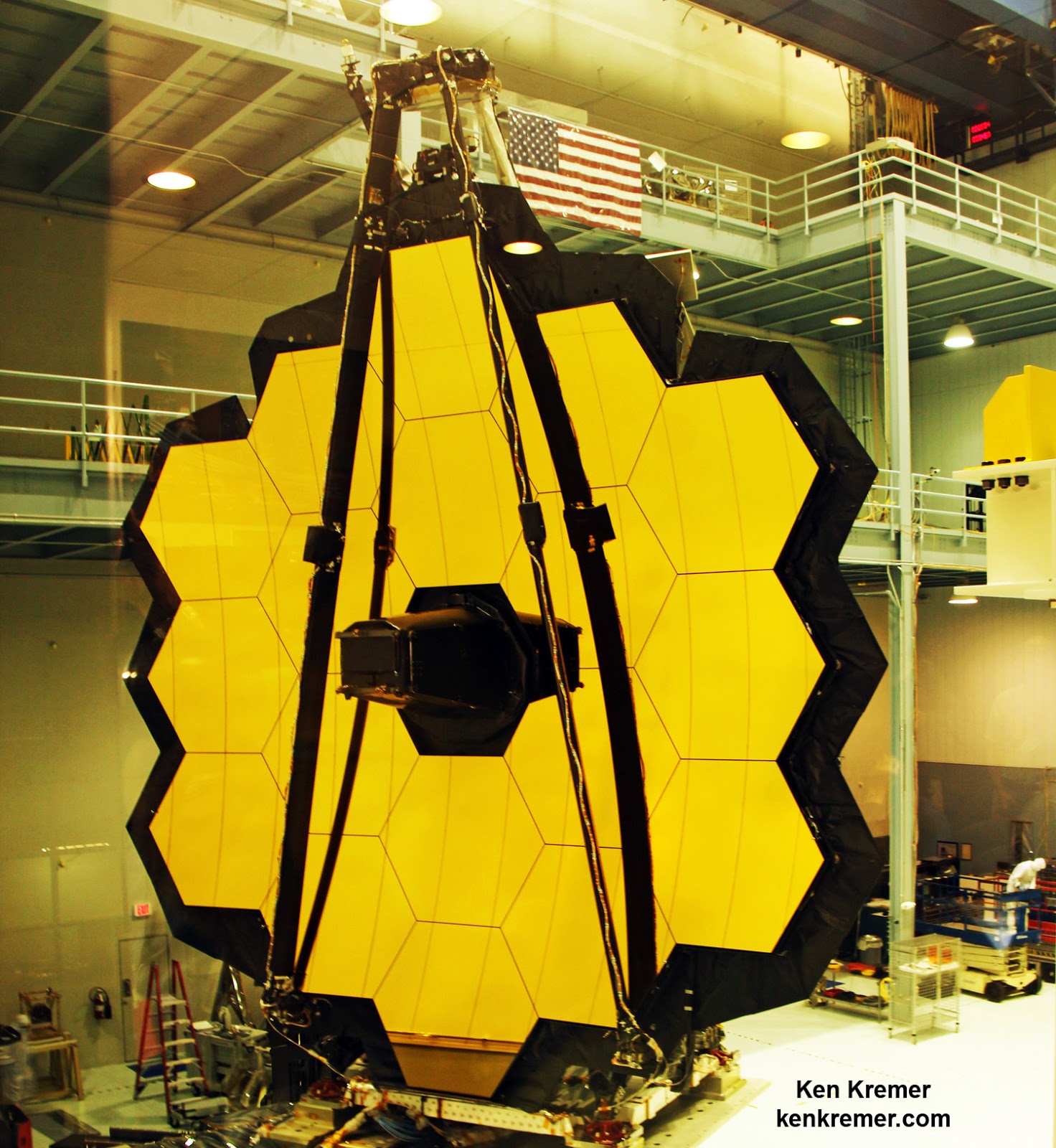
Further details from NASA:
The team’s challenge was twofold: confirm that NIRCam was ready to collect light from celestial objects, and then identify starlight from the same star in each of the 18 primary mirror segments. The result is an image mosaic of 18 randomly organized dots of starlight, the product of Webb’s unaligned mirror segments all reflecting light from the same star back at Webb’s secondary mirror and into NIRCam’s detectors.
What looks like a simple image of blurry starlight now becomes the foundation to align and focus the telescope in order for Webb to deliver unprecedented views of the universe this summer. Over the next month or so, the team will gradually adjust the mirror segments until the 18 images become a single star.
“The entire Webb team is ecstatic at how well the first steps of taking images and aligning the telescope are proceeding. We were so happy to see that light makes its way into NIRCam,” said Marcia Rieke, principal investigator for the NIRCam instrument and regents professor of astronomy, University of Arizona.
During the image capturing process that began Feb. 2, Webb was repointed to 156 different positions around the predicted location of the star and generated 1,560 images using NIRCam’s 10 detectors, amounting to 54 gigabytes of raw data. The entire process lasted nearly 25 hours, but notedly the observatory was able to locate the target star in each of its mirror segments within the first six hours and 16 exposures. These images were then stitched together to produce a single, large mosaic that captures the signature of each primary mirror segment in one frame. The images shown here are only a center portion of that larger mosaic, a huge image with over 2 billion pixels.
“This initial search covered an area about the size of the full Moon because the segment dots could potentially have been that spread out on the sky,” said Marshall Perrin, deputy telescope scientist for Webb and astronomer at the Space Telescope Science Institute. “Taking so much data right on the first day required all of Webb’s science operations and data processing systems here on Earth working smoothly with the observatory in space right from the start. And we found light from all 18 segments very near the center early in that search! This is a great starting point for mirror alignment.”
Lee Feinberg, Webb optical telescope element manager at NASA’s Goddard Space Flight Center, explains the early stages of the mirror alignment process.
Each unique dot visible in the image mosaic is the same star as imaged by each of Webb’s 18 primary mirror segments, a treasure trove of detail that optics experts and engineers will use to align the entire telescope. This activity determined the post-deployment alignment positions of every mirror segment, which is the critical first step in bringing the entire observatory into a functional alignment for scientific operations.
NIRCam is the observatory’s wavefront sensor and a key imager. It was intentionally selected to be used for Webb’s initial alignment steps because it has a wide field of view and the unique capability to safely operate at higher temperatures than the other instruments. It is also packed with customized components that were designed to specifically aid in the process. NIRCam will be used throughout nearly the entire alignment of the telescope’s mirrors. It is, however, important to note that NIRCam is operating far above its ideal temperature while capturing these initial engineering images, and visual artifacts can be seen in the mosaic. The impact of these artifacts will lessen significantly as Webb draws closer to its ideal cryogenic operating temperatures.
“Launching Webb to space was of course an exciting event, but for scientists and optical engineers, this is a pinnacle moment, when light from a star is successfully making its way through the system down onto a detector,” said Michael McElwain, Webb observatory project scientist, NASA’s Goddard Space Flight Center.
Moving forward, Webb’s images will only become clearer, more detail-laden, and more intricate as its other three instruments arrive at their intended cryogenic operating temperatures and begin capturing data. The first scientific images are expected to be delivered to the world in the summer. Though this is a big moment, confirming that Webb is a functional telescope, there is much ahead to be done in the coming months to prepare the observatory for full scientific operations using all four of its instruments.
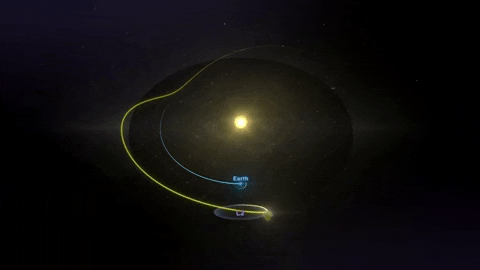
…………
Webb is in many respects a time machine looking back to the formation of the Universe over 13.5 Billion years ago and how we came to be and evolve over the eons.
Watch Ken’s BBC World TV interview about Webb achieving final orbit and the goals ahead:
Video Caption: Dr. Ken Kremer of Space UpClose live interview on BBC World News TV on Jan. 24, 2022 ET (Jan. 25 GMT) about NASA James Webb Space Telescope (JWST) just hours after achieving orbit at its final destination, why at L2, what’s ahead with spacecraft checkouts, what are the science goals and when are first pictures expected
Watch this space for my ongoing reports on JWST mission and science.
Watch Ken’s continuing reports about JWST, IXPE, DART, SpaceX Crew and Cargo Dragons, Artemis, SLS, Orion and NASA missions, Lucy Asteroid mission, SpaceX Starlink, Blue Origin and Space Tourism, Commercial Crew and Starliner and Crew Dragon and onsite for live reporting of upcoming and recent SpaceX and ULA launches including Crew 1 & 2 & 3, ISS, Solar Orbiter, Mars 2020 Perseverance and Curiosity rovers, NRO spysats and national security missions and more at the Kennedy Space Center and Cape Canaveral Space Force Station.
Stay tuned here for Ken’s continuing Earth and Planetary science and human spaceflight news: www.kenkremer.com –www.spaceupclose.com – twitter @ken_kremer – email: ken at kenkremer.com
Dr. Kremer is a research scientist and journalist based in the KSC area, active in outreach and interviewed regularly on TV and radio about space topics.
………….
Ken’s photos are for sale and he is available for lectures and outreach events
Please consider supporting Ken’s work by purchasing his photos and/or donating at Patreon:
https://www.patreon.com/kenkremer
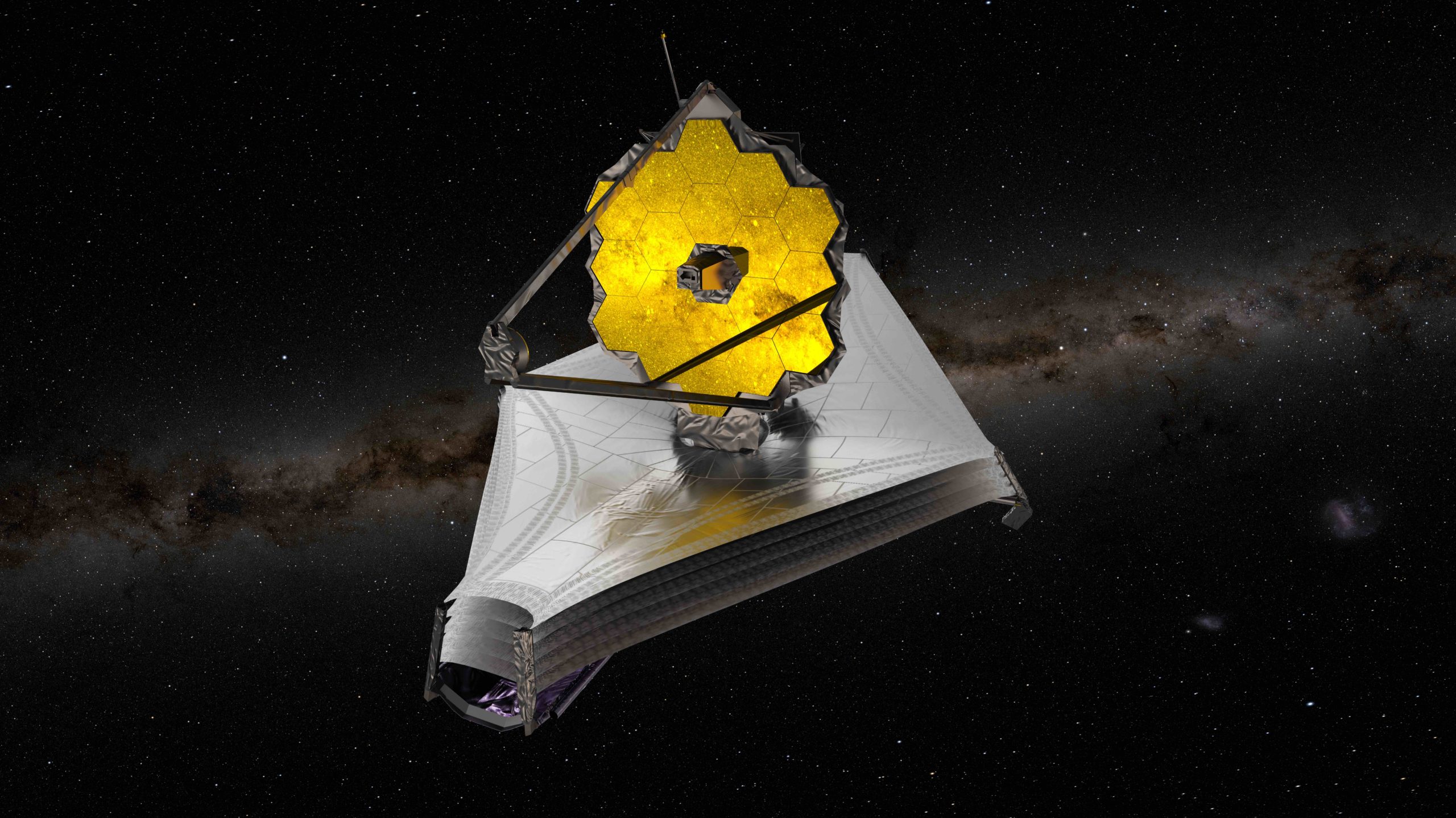
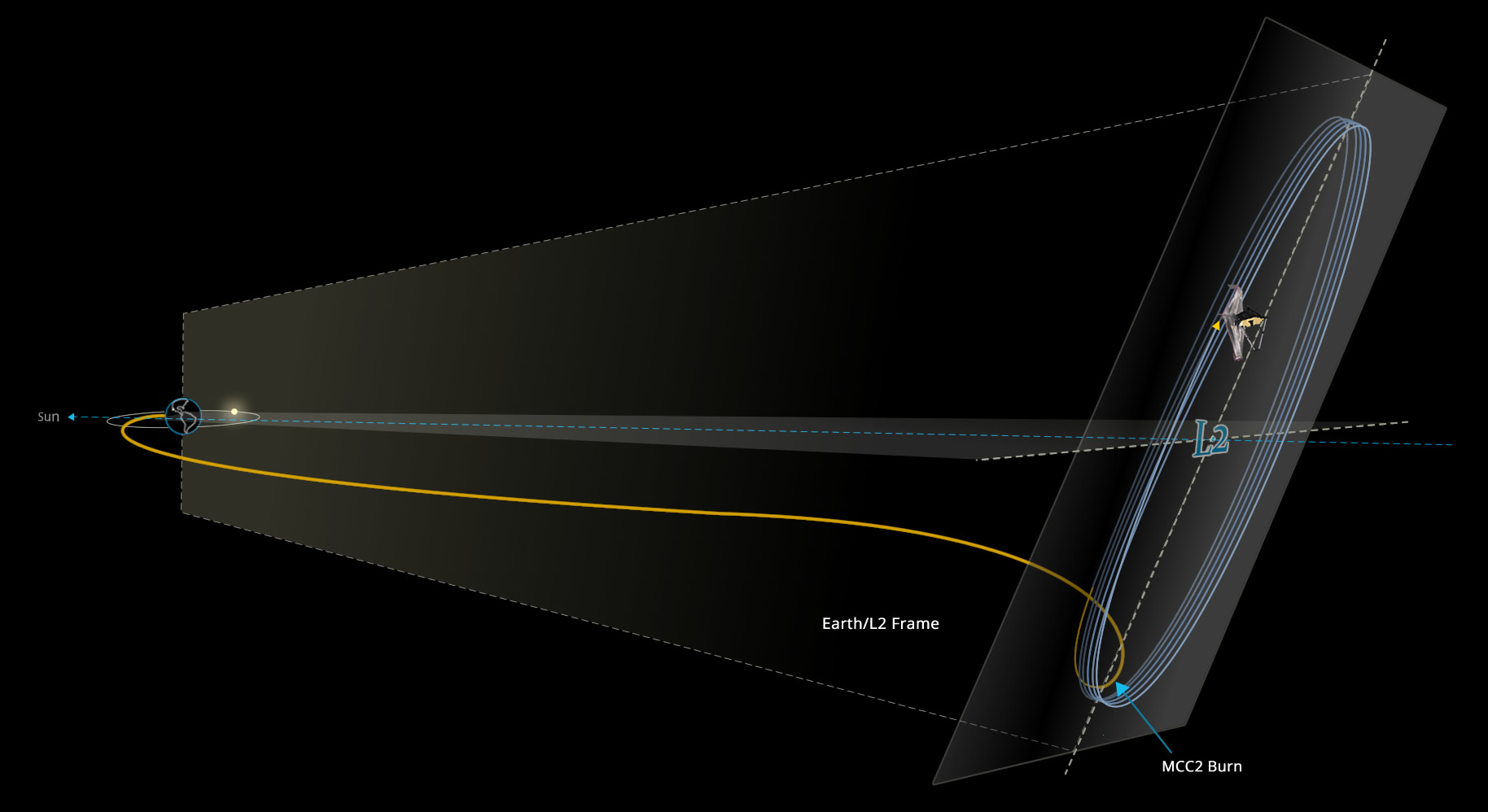
x



